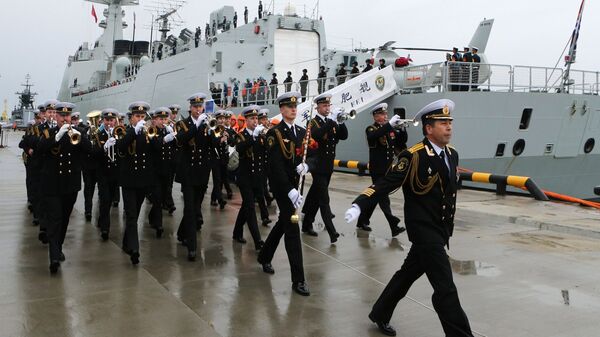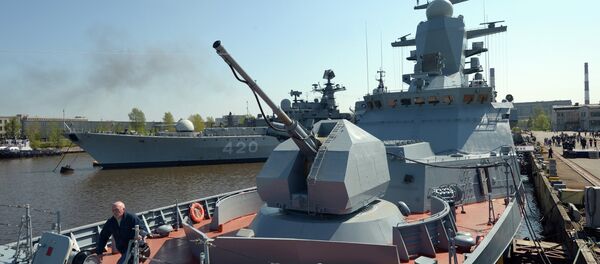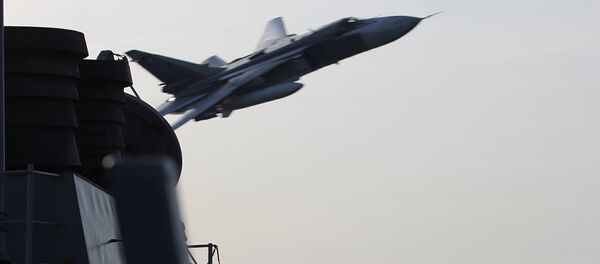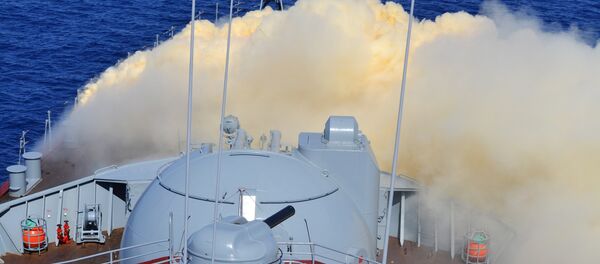The first phase of the Joint Sea-2017 drills will run from July 21-28 in the Baltic Sea, Russian news agency Sputnik reported.
From Saturday to Monday, the two navies' operations will be coordinated. The navies will also visit each other's fleet.
Details of the drills were discussed on Sunday by simulating possible scenarios on a map.
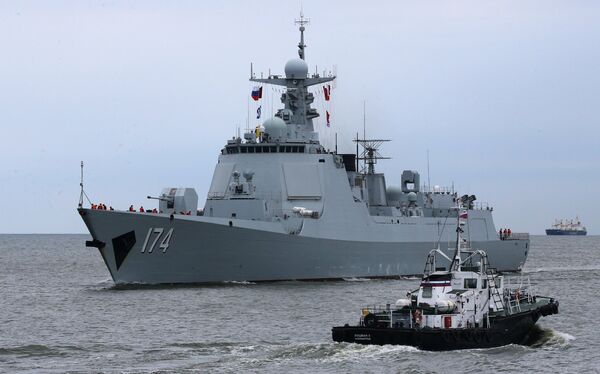
The drills have attracted much attention worldwide, especially from countries of the North Atlantic Treaty Organization (NATO), with a Friday report on CNN saying that British, Dutch and Danish warships have been escorting the Chinese flotilla as it made its way to the drills.
The report added that the choice of the Baltic Sea is also significant, as the area remains "a source of heightened tensions between Russia and the US and its NATO allies."
"China is a great power, and it's natural that every move will attract world attention. But there's no need to hide or avoid anything," said Yu, who is also deputy commander of the Nanhai Fleet under the People's Liberation Army Navy.
After Monday, two groups made up of Chinese and Russian naval troops will go to the southeast part of the Baltic Sea to conduct several exercises, such as joint air defense.
Deeper and more comprehensive drills provide a sound basis for the two countries to join forces in fighting a common threat, Zhao said. Threats to economic activities and from terrorism have become more frequent, and the cooperative mode used in the drills will be applied to situations like intercepting pirates in the Gulf of Aden, he added.
This article was written by Guo Yuandan in Baltiysk and Zhao Yusha in Beijing and was published in the Global Times.

